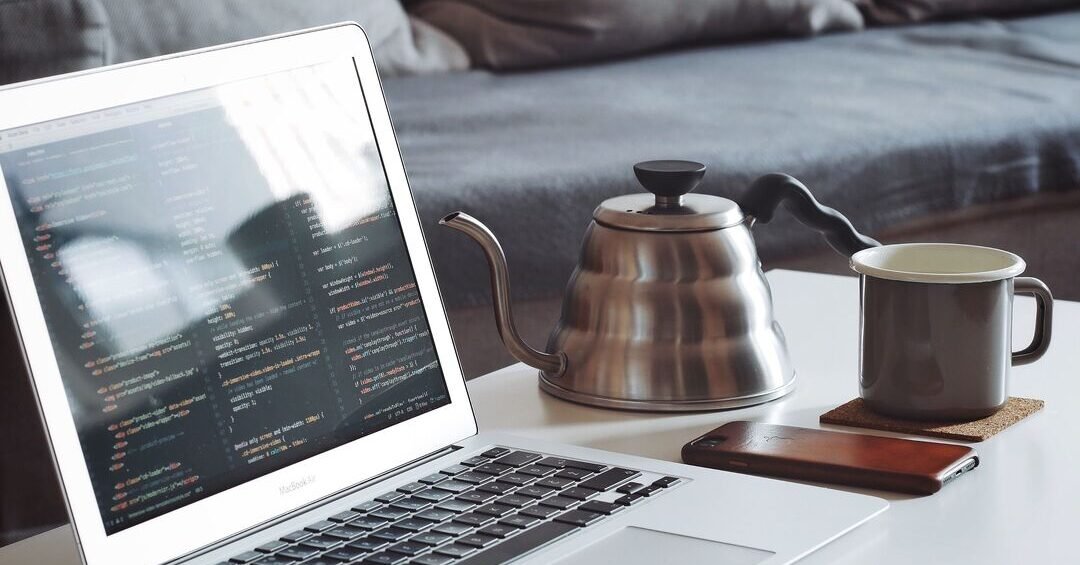5 Essential Tips to Remain Productive at the Home-Office

5 Essential Tips to Remain Productive at the Home-Office
Overview
If you’ve decided or been forced to work from home, consider the differences between home and traditional office settings. You want to maximize your productivity accordingly. While many prefer a home-office to the corporate environment, some parameters should be set.
There are countless nuggets of advice and tidbits from experts on how to work from home while maintaining the structure and keeping yourself on track. It will only mean more money in your pocket and free-time to pursue non-professional passions.

1. Define Your Workspace, and Do Your Best to Make it Appealing to Your Chi
One of the most natural traps to fall into working from home is blurring the line between working and slacking. In an office environment, it’s challenging to avoid your daily tasks, as peers, managers, and a general sense of structure serve as constant reminders. Even if those same factors can be distracting at times. When you work from home, the bonus to stay focused and away from distractions such as dog or television is solely on you. As simple as the concept of single-mindedness seems, it can be challenging to maintain consistently.
The first step in becoming a productive employee is to carve out an area of your home designated for work. The physical workspaces we inhabit – from the art on the wall to the layout of the desk’s contents and beyond – affects the quality and quantity of work. It is a case for traditional office employees and can hold even more true for those working from home.
If you work from home, envision your workspace as it currently exists if you have one at all. Be honest with yourself. Does space evoke the emotions and motivations that get your creative and productive juices flowing?
If not, put some time and effort into creating the space that is going to bring out your inner CEO. De-clutter scraps of paper. Purchase a small plant that provides comfort, but doesn’t distract like a view out of the window. Establish a nook away from the area of the home. Create a stark aesthetic dichotomy between the two that distinguishes work time from playtime.
2. Don’t Let Home and Work Tasks Intertwine Themselves
Making a home into an office requires more than the physical process of re-arranging and separating from the living room. The proximity of your home life and work life is integral. So you have to be prepared to create a mental barrier in addition to the physical ones.
It means doing your tasks on your time and your work tasks in your work time. That dishwasher that needs emptying will have to wait until your lunch break. This way, you are going to remain productive. The temptation to send personal e-mails and check your social media is an insidious crack in your concentration. After all, the boss isn’t there to frown disapprovingly. That can ruin a workday, which can throw off an entire week, month, etc.
Creating the convincing illusion that you are at work is critical in maintaining productivity in the home office. The responsibilities of home life have to wait until you clock out for the day. Contrarily, know your limitations and when it is time to leave the office, i.e., the study.
Being productive without overworking is essential to achieving professional and personal happiness.
3. Get Out of the Office; It’s the Only Way to Stay Productive
For anybody who works remotely, it’s easy to feel isolated. Especially those who don’t have any colleagues within their daily work sphere. Make an effort to stay in contact through forms of communication aside from e-mail.
A stimulated mind is often a productive one. Many of our brains run low on creative energy when we become too stuck in the same routine. Especially if that routine is one centered on physical separation from coworkers and clients. The solution might be offering to do a teleconference or Skype call with a client. It can help you articulate each other’s ideas more clearly while affording the added benefit of brain-rejuvenating interaction.
It’s tempting to bury ourselves in the monotonous routine of our work. Churning out project after project without stopping to ensure that we are delivering the freshest, highest-quality product to benefit our clients. Remaining conscious of and avoiding the creative and professional rut is one way to stave off professional stagnation and a decline in the quality of your work.
4. Don’t Take the Easy Way Out
Perhaps the greatest pitfall to working at home is an occasional impulse to take the day off completely. Whether you had one-too-many adult beverages the night before. Or you’re beginning to catch a cold, avoiding the temptation to sleep in or take a day off. It is what separates the success stories from the slackers.
Give yourself a static number of sick days per year that is on par with the typical work environment, and stick to that allotment. Figuring out when you are ill and just not feeling like a worker bee is a matter of trial and error.
Get your butt out of bed, get some coffee in your system, have your breakfast, and give it a go. If you’re still hacking all over the keyboard and sniffling through attempts to speak with clients, perhaps one of those sick days is worth spending. Don’t just roll onto the other side of the bed and waste a day of productivity on a whim. Your bank account will suffer, as will your professional reputation. So keep this in mind before calling the home-office to let them know you can’t make it in.
5. Find the Healthy Balance
The concept of working from home is rife with peril when it comes to your health. The implication is that you probably aren’t a landscaper or personal fitness instructor. So chances are your job requires you to remain sedentary. But that doesn’t mean you have to sit.
Countless studies and science-backed reports will confirm that sitting for long periods is nearly as dangerous as smoking. It puts you at an increased risk for some health consequences. Further, it has been suggested that standing may give your brain a boost. So, while sitting down for extended periods may seem inevitable at first, re-think your workspace to accommodate at least a few periods of prolonged standing.
Is there a table or countertop that you can use to stand and type, for example? Even if this means stacking a few books or spending some of that hard-earned home-office money on a computer stand or new desk. The long-term health benefits – both mentally and physically – are well worth the investment.
Also, be conscious of the snacks you keep around the house. Being near your pantry and refrigerator means remaining in constant danger of munching. So keep some healthy meals on hand, whether you like nuts or sushi or some other health-conscious finger food. A healthy mind and body often mean a productive individual.
Conclusion
The transition from working in the office to doing your job at home might look simple. But do not fall into a pitfall. It needs to set-up space and gain habits.
So foster habits and set up your workplace that limits the potential downside that is inherent to working out of a home office.
Have a question?
Get in touch!
Baltic Assist provides a comprehensive outsourcing solutions that saves costs, enhances efficiency, and strategic decision-making for your business.


